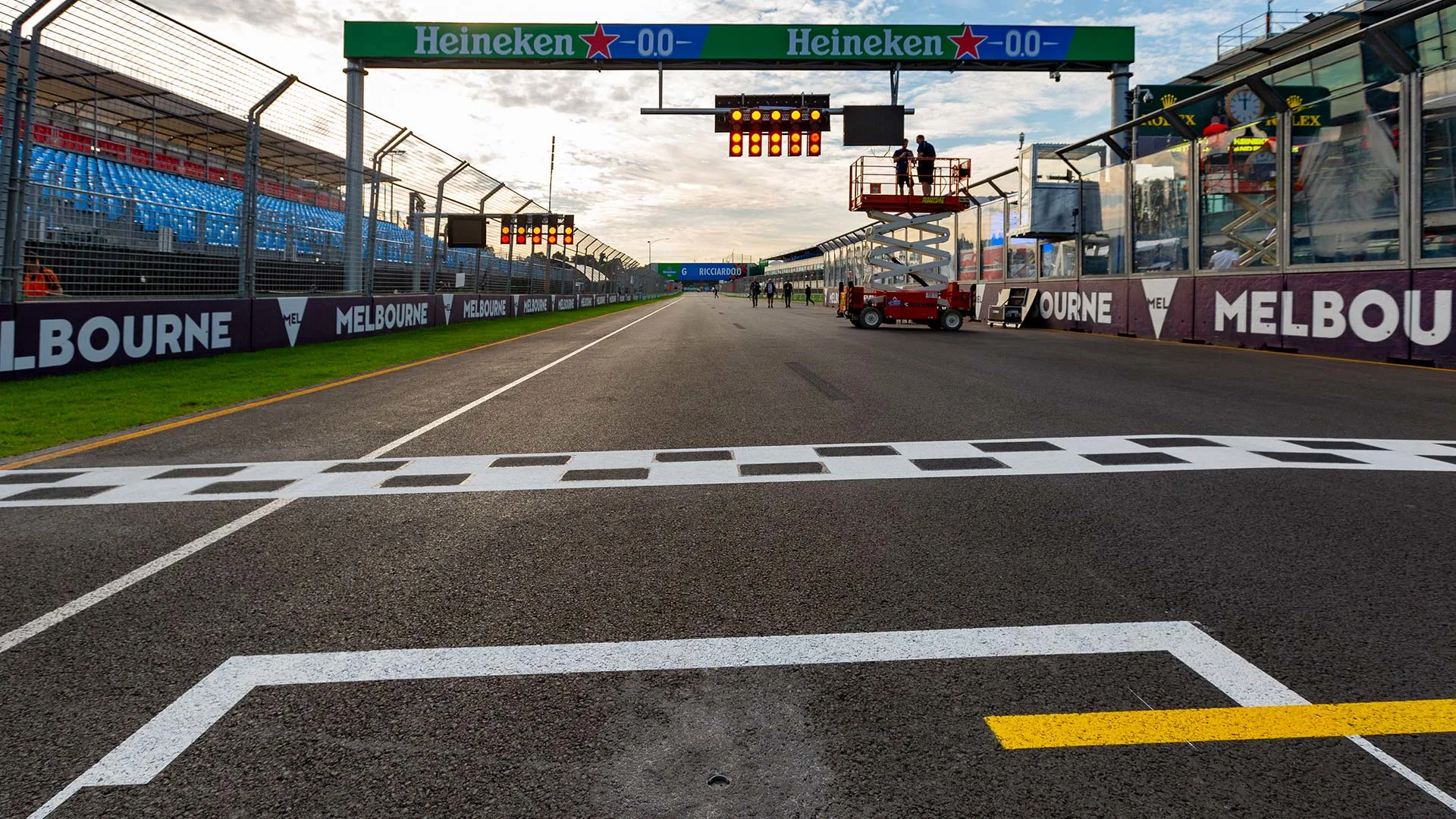No one’s smile was bigger than Daniel Ricciardo’s as F1 rolled into Melbourne to signal the return of racing at Albert Park for the Australian Grand Prix. Come Sunday, it’ll have been 1,121 days since F1 cars last saw the lights go out at the lakeside venue. And there’s no doubting the city – and the locals – are ready for their return with the race weekend sold out for the first time in history.
Melbourne Walk, a pedestrian path treaded by the drivers and F1 personnel towards the paddock entry, was packed with fans in full voice on Thursday – and there wasn’t even any F1 track action on the schedule. The fan zone was booming while the paddock was bustling.
The Albert Park paddock is on the cosy side, but that’s what makes it so special. Organisers put out tables and chairs on the grass behind garages, allowing for plenty of socialising between teams in the autumnal Melbourne sunshine.
FORM GUIDE: Who’s looking good as F1 returns to Melbourne?
Ricciardo, as you might expect, was mobbed the moment he set foot in Albert Park. His schedule in Australia is usually so packed, it’s exhausting just to look at it. But this season, two years after the Australian Grand Prix that never was courtesy of Covid-19, it’s even more rammed. His former team mate Max Verstappen joked he feels sorry for how much the Australian has to do at his home race – and said it’s significantly more than even he has to contend with at his home event at the Netherlands.

Among the many of Ricciardo’s tasks – including him sitting inside a life-size Lego model of his McLaren – was a tour of the track on a buggy. Usually, he could do without – but this year, it was a must given organisers have not only made seven changes to the layout, but they’ve also widened the pit lane and completely resurfaced the venue for the first time since F1 started coming here in 1996.
Ricciardo won’t have seen anything he hadn’t anticipated, though, as he was one of the drivers heavily involved in the corner changes, with former racers Damon Hill, David Coulthard and Mark Webber all having input, too. The aim is to improve overtaking, the artform proving to be notoriously hard over the years in Melbourne.
WATCH: The 10 most jaw-dropping moments in Melbourne
They’ve tried to improve things by opening up the apex of certain corners, tightening others, removing corners altogether and adding a fourth DRS zone. It’s a series of changes that will increase the average speed and see the lap time drop by five seconds.
Turn 1’s corner entry has been widened by 2.5m, in a bid to create more racing lines into the turn. Down at Turn 3, they’ve sliced 4m from the inside, with an eye on improving the chances of pulling off an overtake.
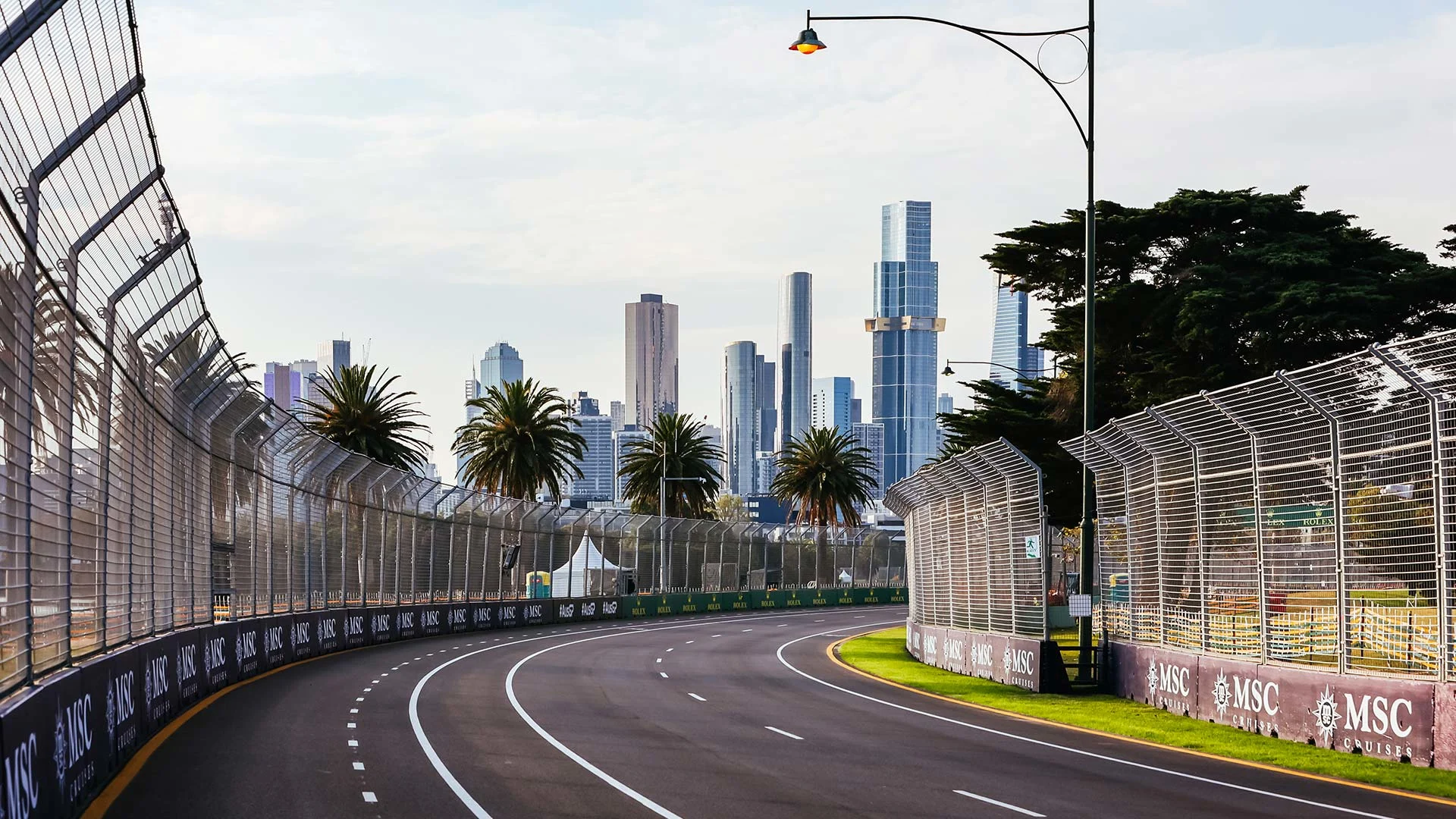
Then it’s onwards to Turn 6, which sees one of the biggest changes on the circuit – and one Ricciardo says he’s particularly looking forward to sampling in the car. Seven and a half metres have been added to the corner, close to doubling the width and allowing for cars to travel 70kph faster through the right-hander, according to simulations.
Now it’s into a section of the track that’s significantly quicker, with drivers hoping to get a tow out of Turn 6 and through 7 and 8 and down the now kinked back straight that no longer features a chicane. Instead, Turns 11-12 become the new Turns 9-10, this layout untouched – after feedback from the drivers that it was already as good as it can get – though the kerbs have been reprofiled.
Full steam towards 11, which has been tightened significantly and cambered in the hope there can be some overtaking into the braking zone, before the cars sail through Turn 12 and into the penultimate corner – Turn 13, which is the last turn to be tweaked, with a widening of 3.5m.
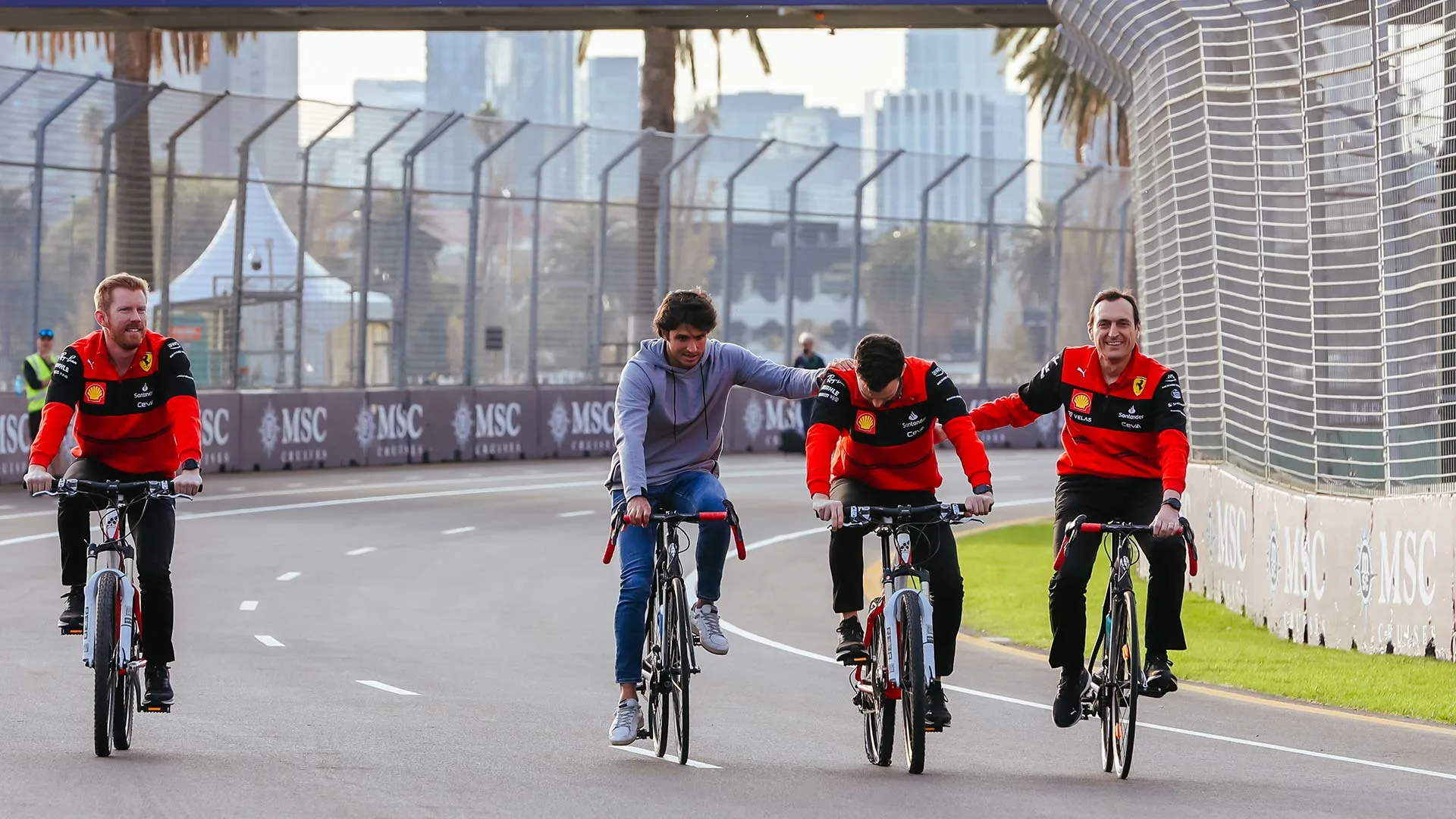
And then there’s a pit lane refresh, which sees the pit wall moved out by two metres, increasing the width to 14 metres and removing the slender stretch of turf that parted the grid and the pit wall. It means the maximum speed in the pit lane could be boosted by 20kph to 80kph – and that gives the strategists a few more options for the race.
The four DRS zones – a first for Formula 1 since the system was introduced in 2011 – should create some cracking racing and possibly the third edition of Max Verstappen versus Charles Leclerc, 2022’s early main protagonists going toe-to-toe with the help of the overtaking aid in each of the opening two races of the season. Here’s hoping this weekend’s return heralds another ripper of a race.
Tap here to find out more about F1 TV, including enhanced race coverage, exclusive shows, archive video and more.
Next Up
Related Articles
.webp) Unlocked‘We have a lot of hopes’ – Vasseur on Ferrari's 2026
Unlocked‘We have a lot of hopes’ – Vasseur on Ferrari's 2026.webp) What F1 drivers have been up to over the festive holidays
What F1 drivers have been up to over the festive holidays.webp) How F1 drivers recharge during the winter break
How F1 drivers recharge during the winter break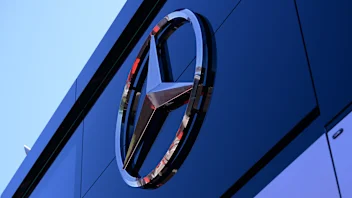 Mercedes confirm date for first look at 2026 F1 car
Mercedes confirm date for first look at 2026 F1 car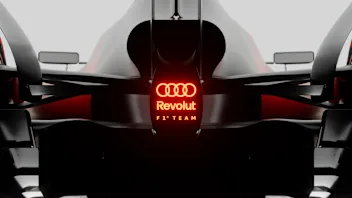 Audi complete first fire-up of 2026 F1 car
Audi complete first fire-up of 2026 F1 car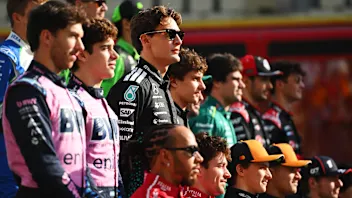 VOTE: Who has the best driver line-up for 2026?
VOTE: Who has the best driver line-up for 2026?
